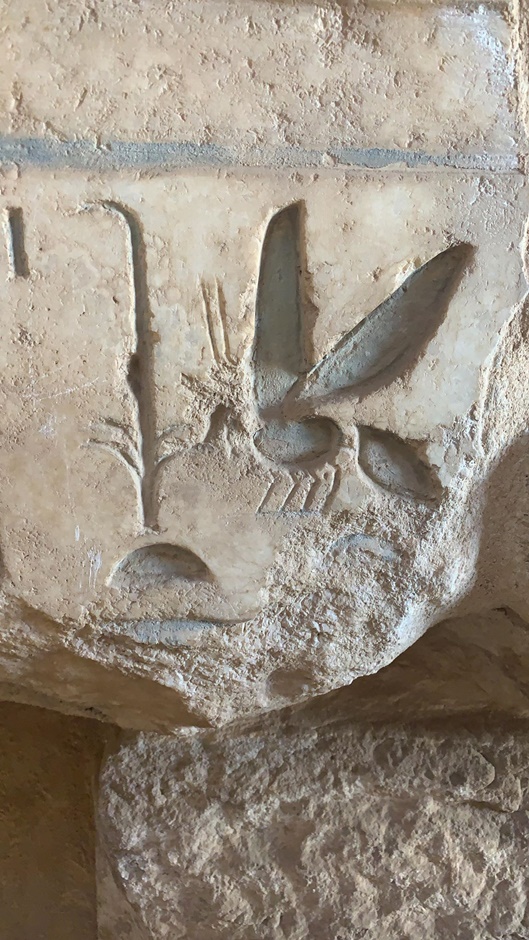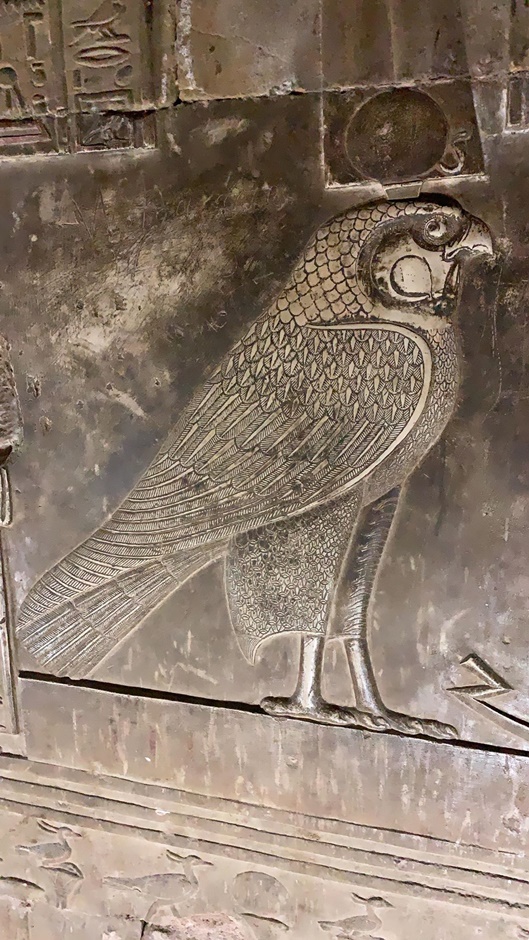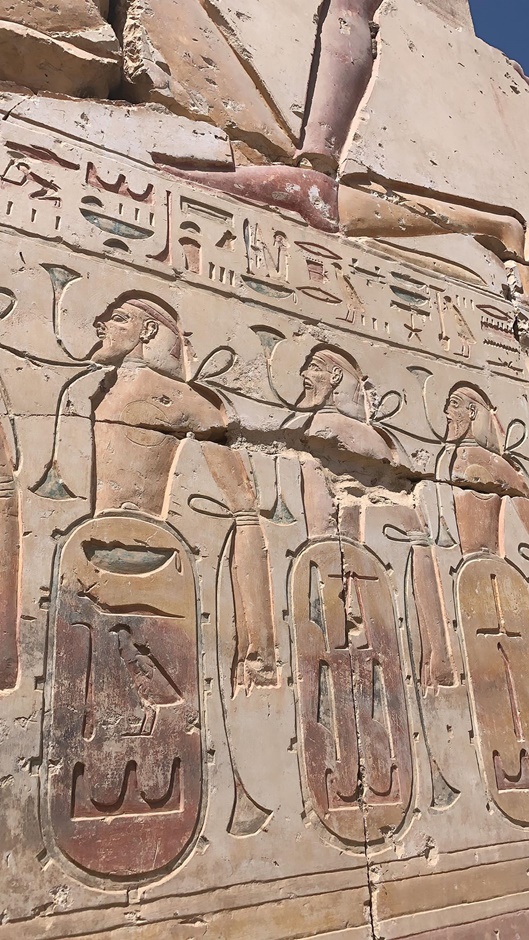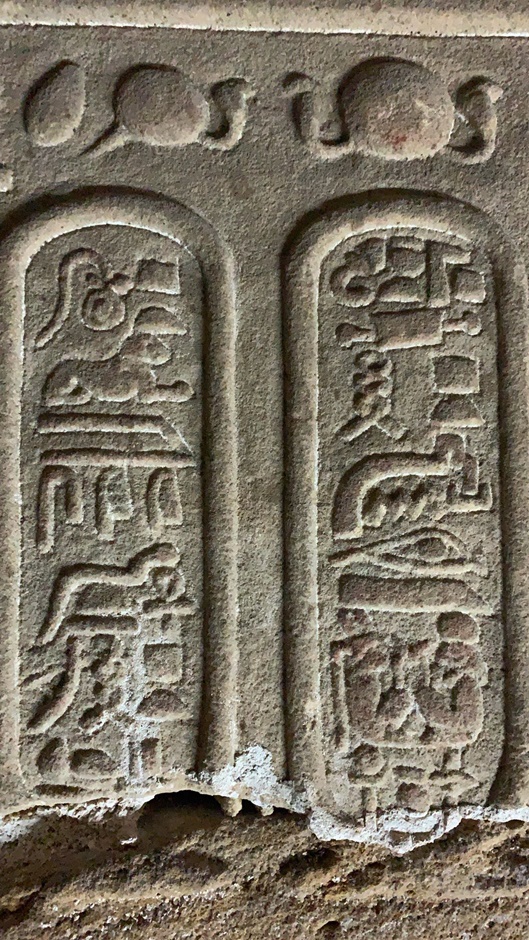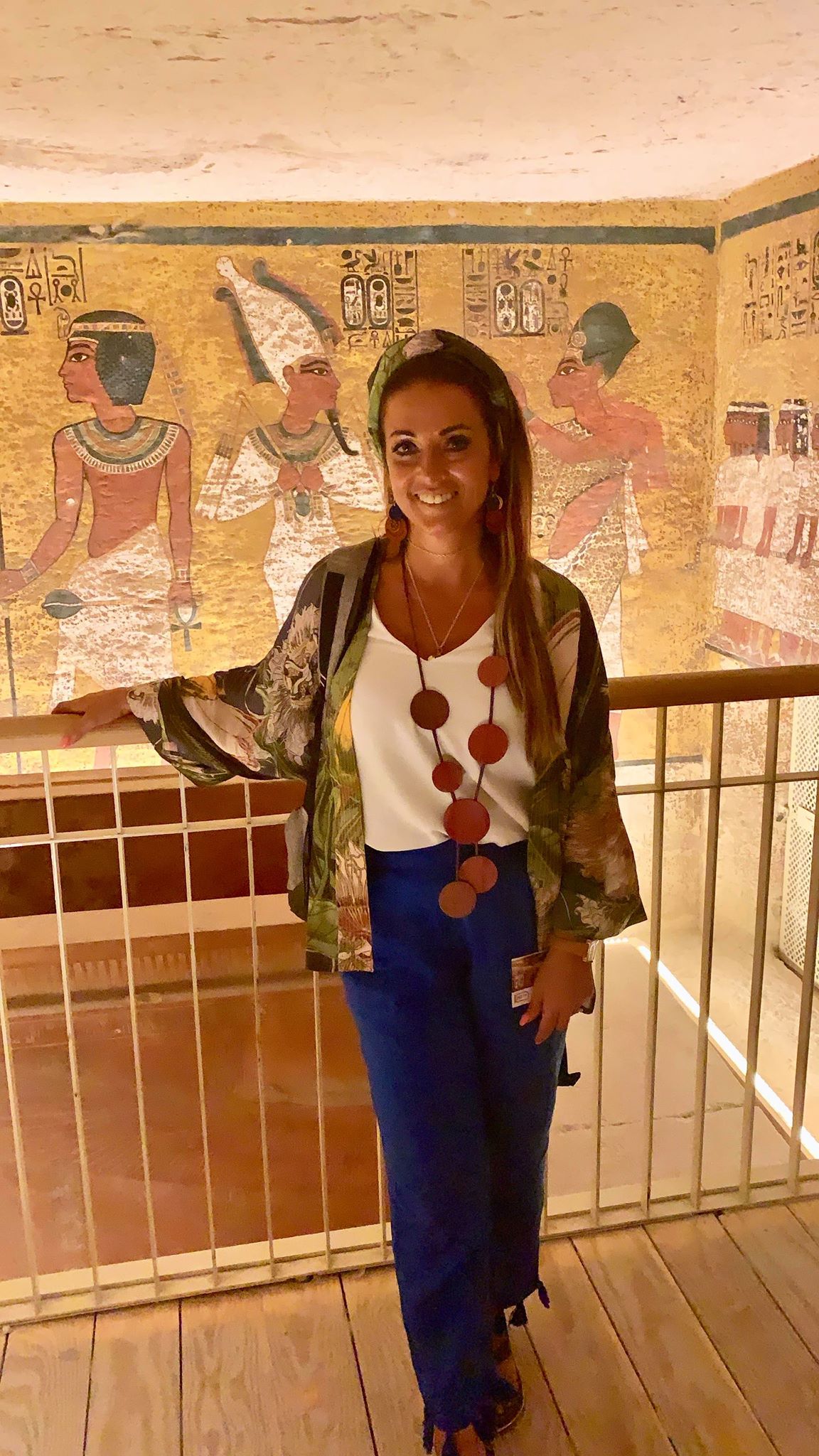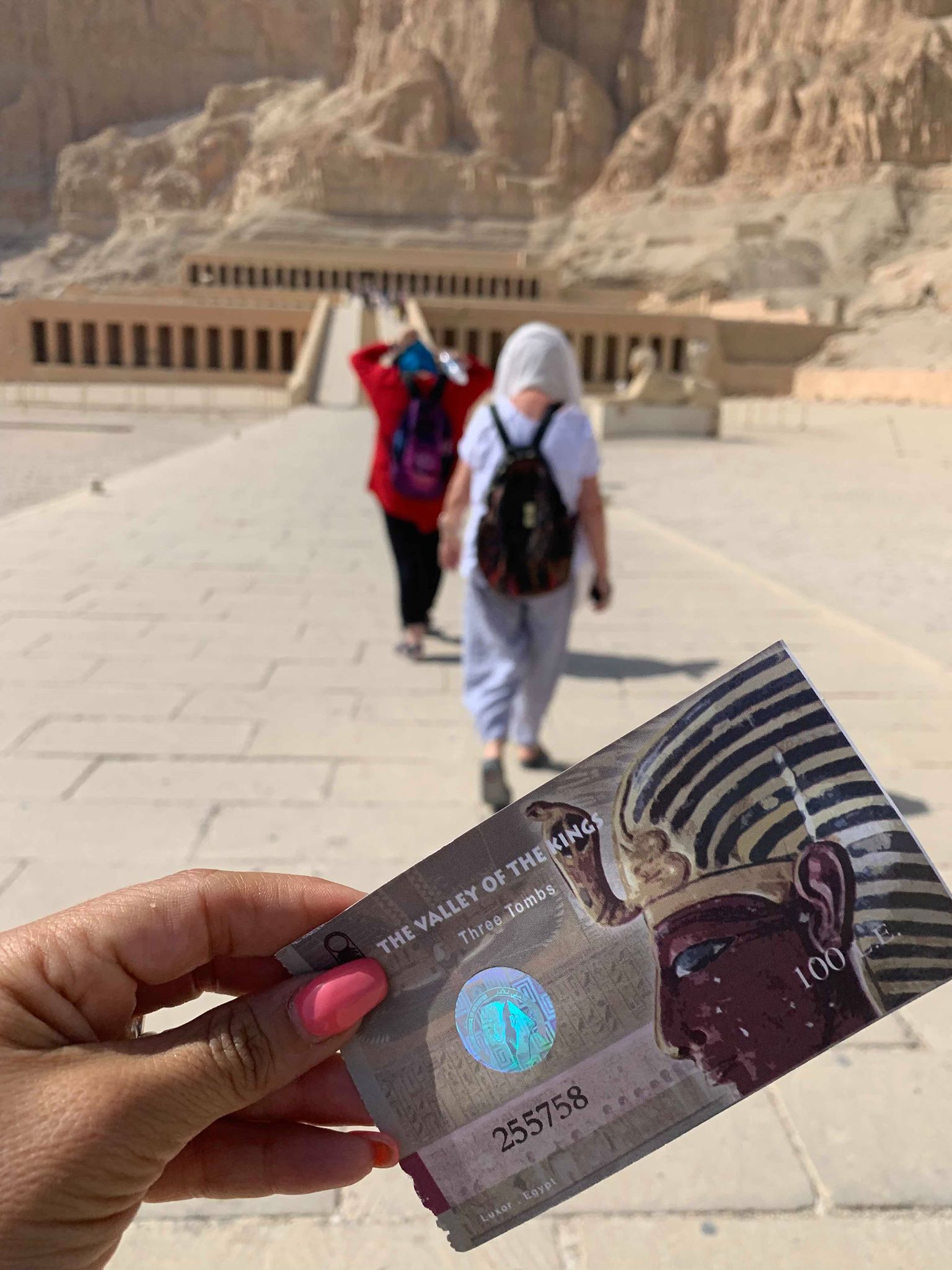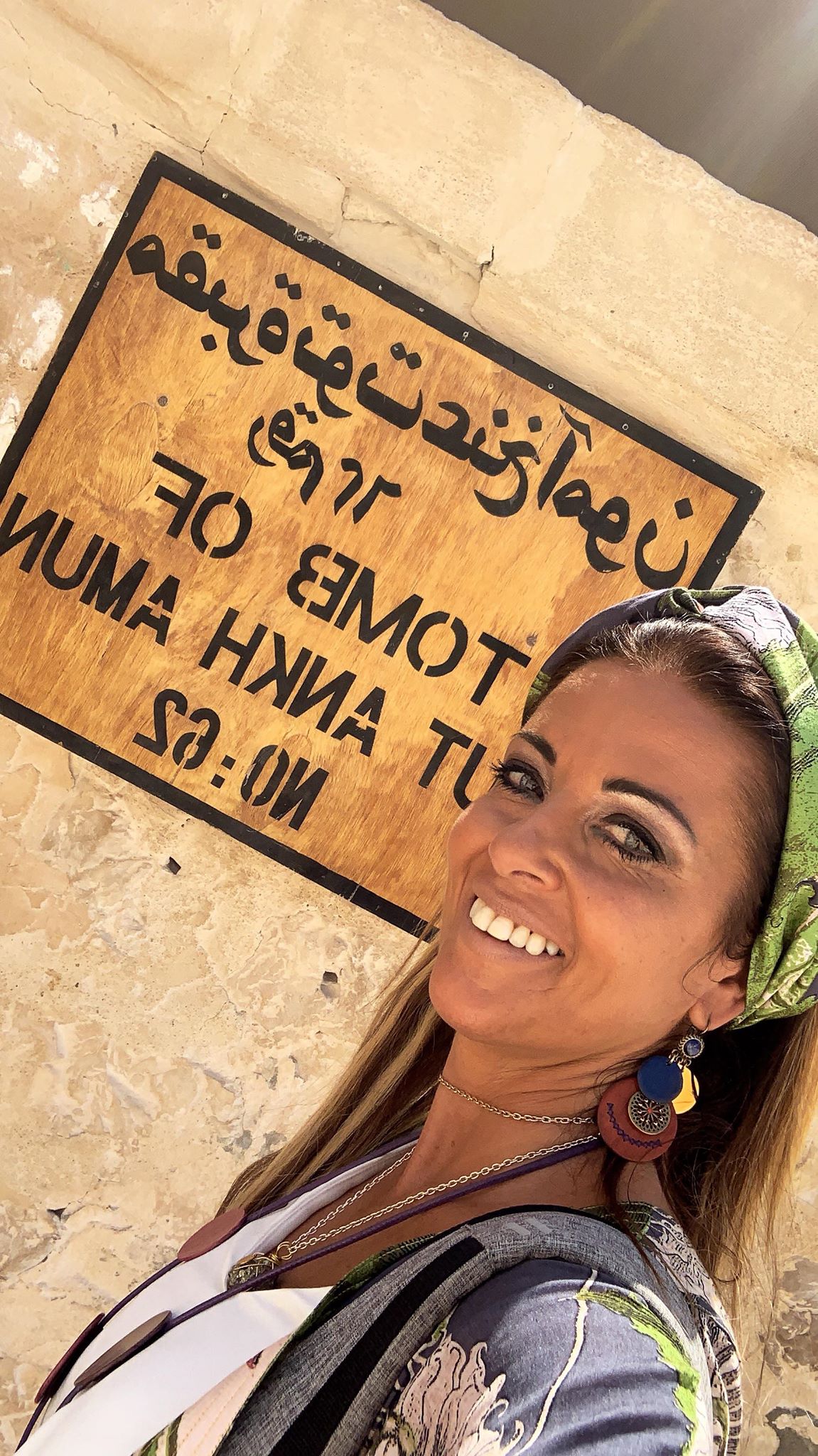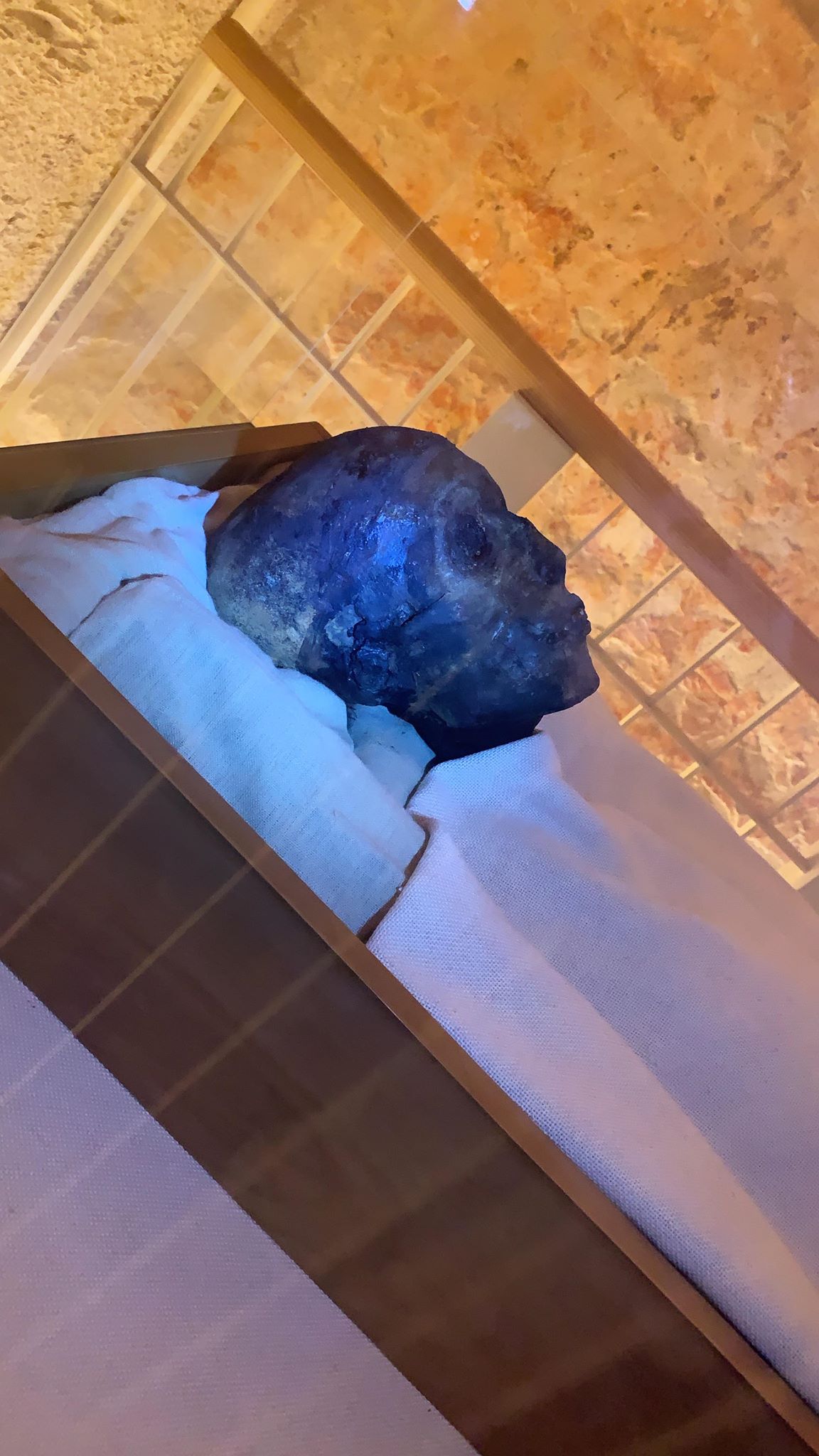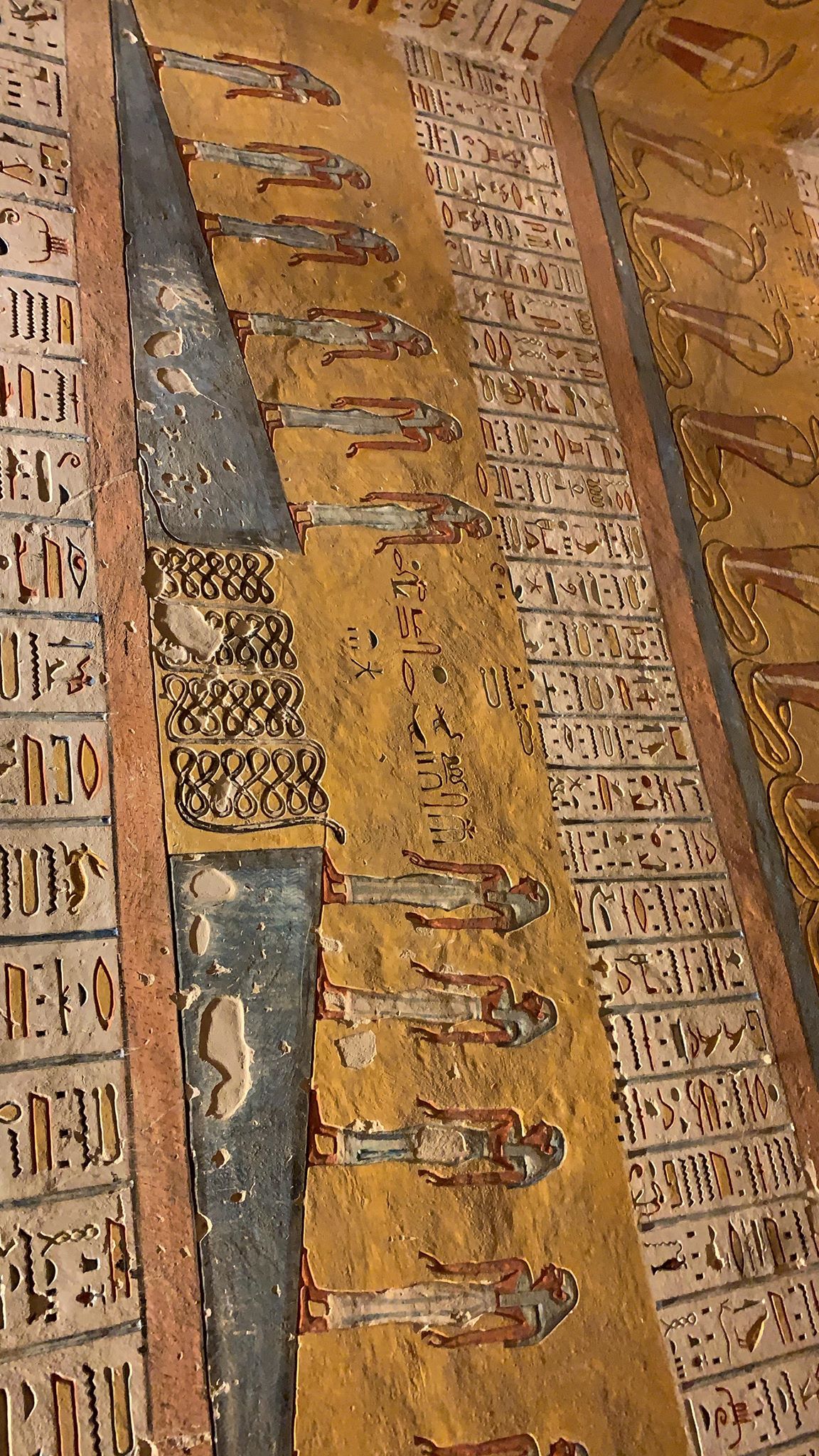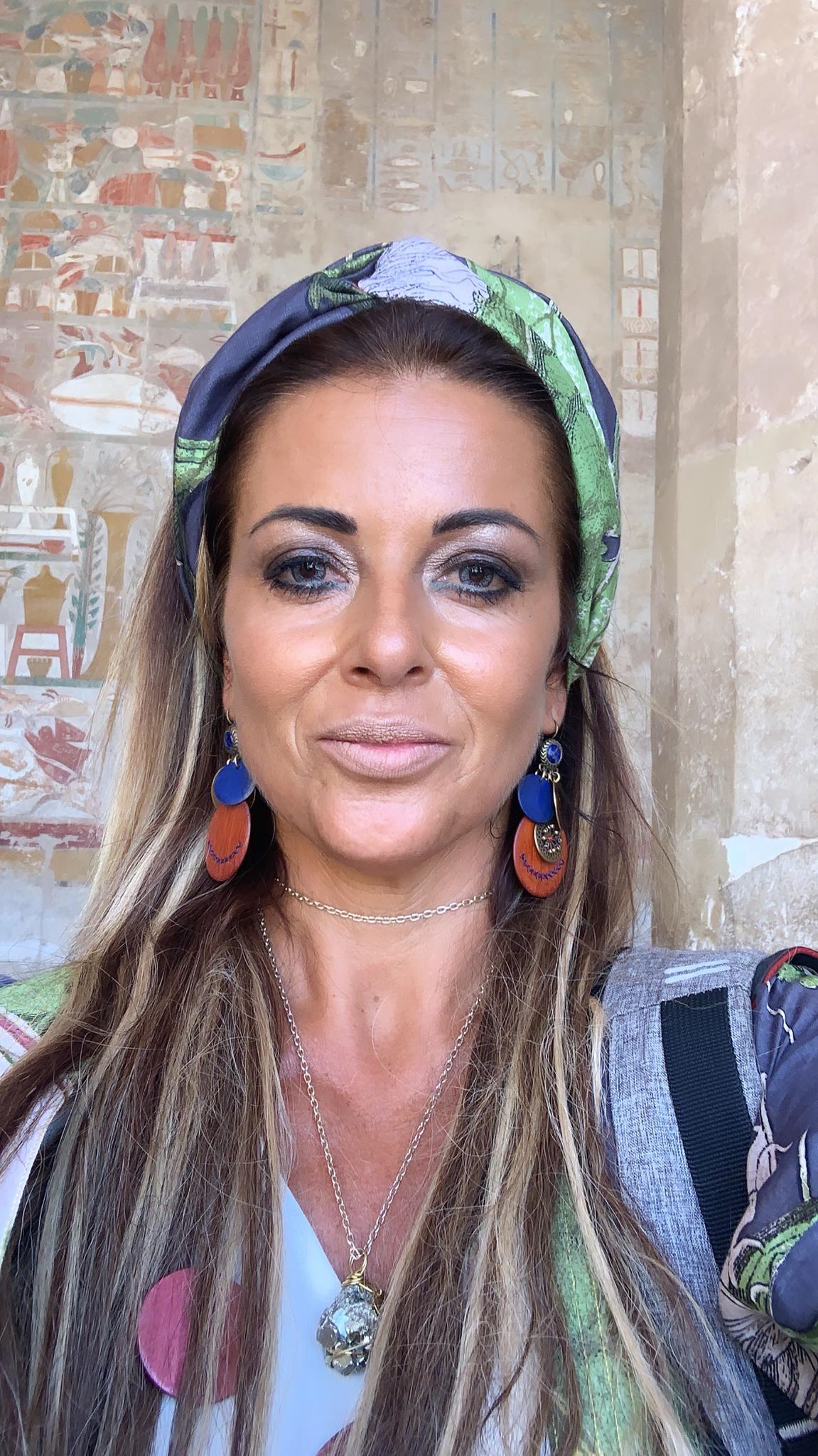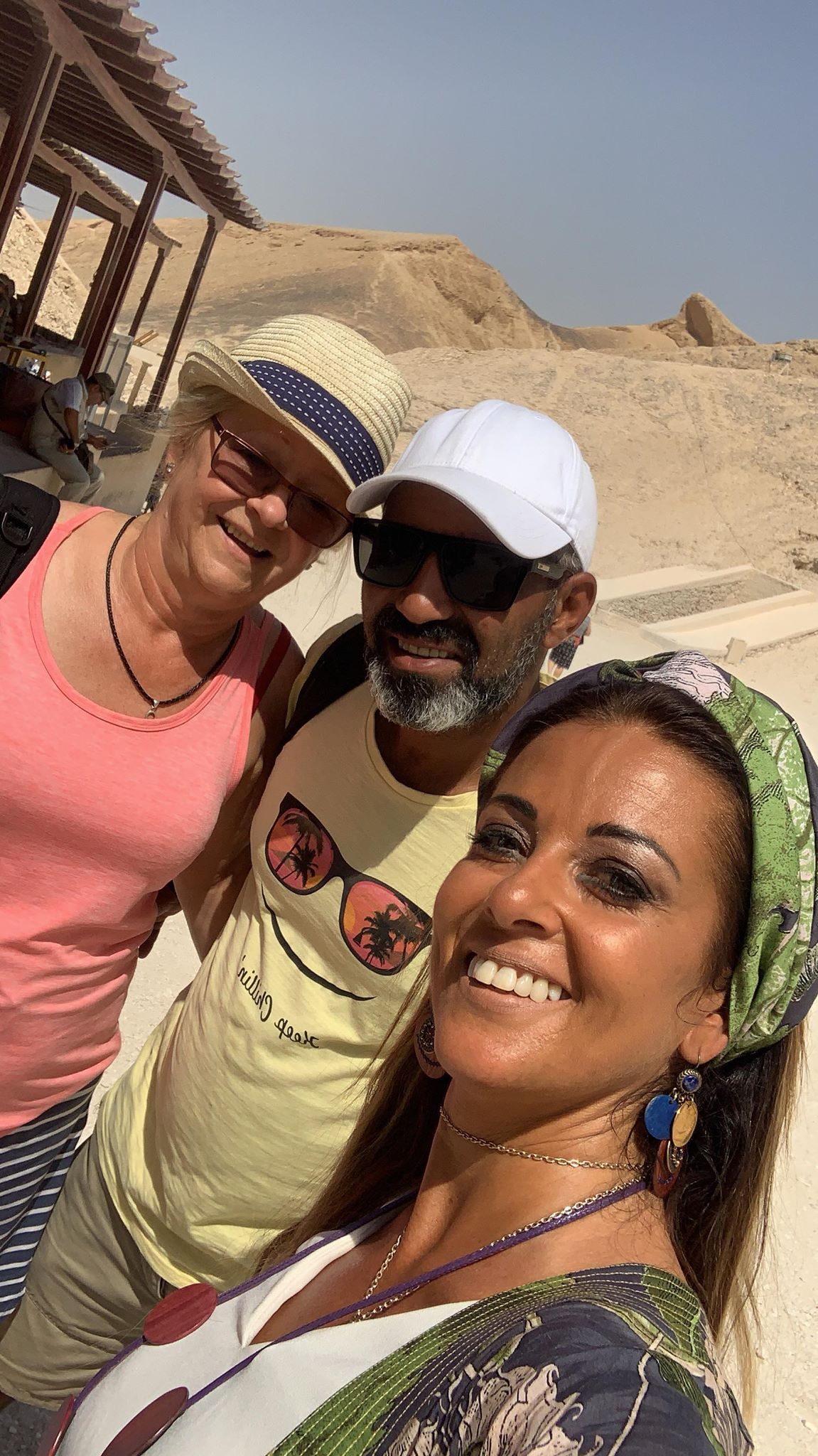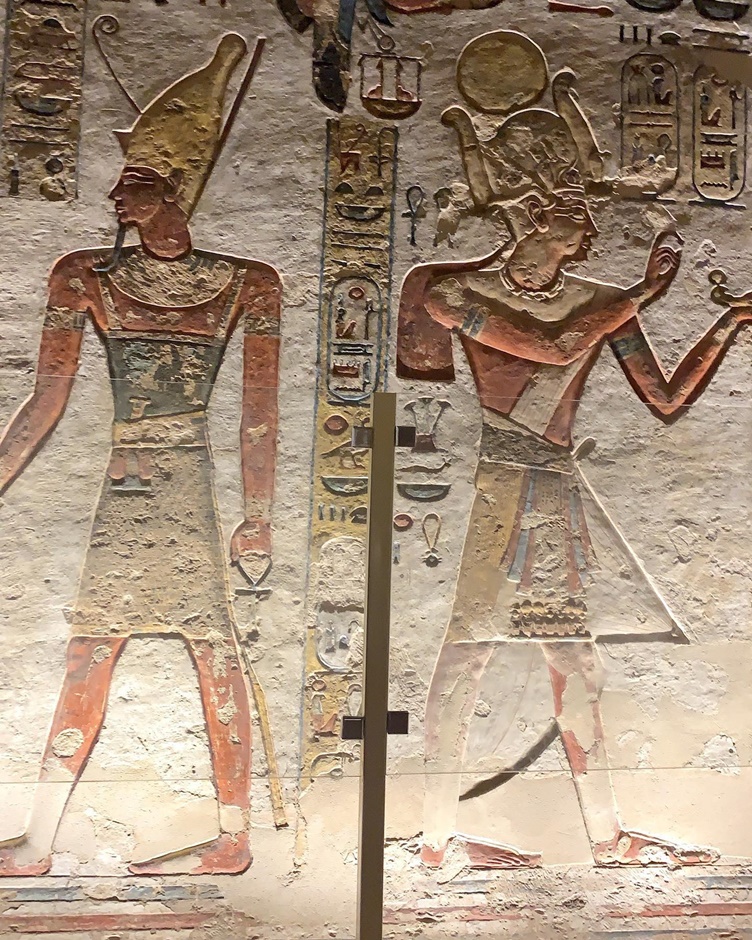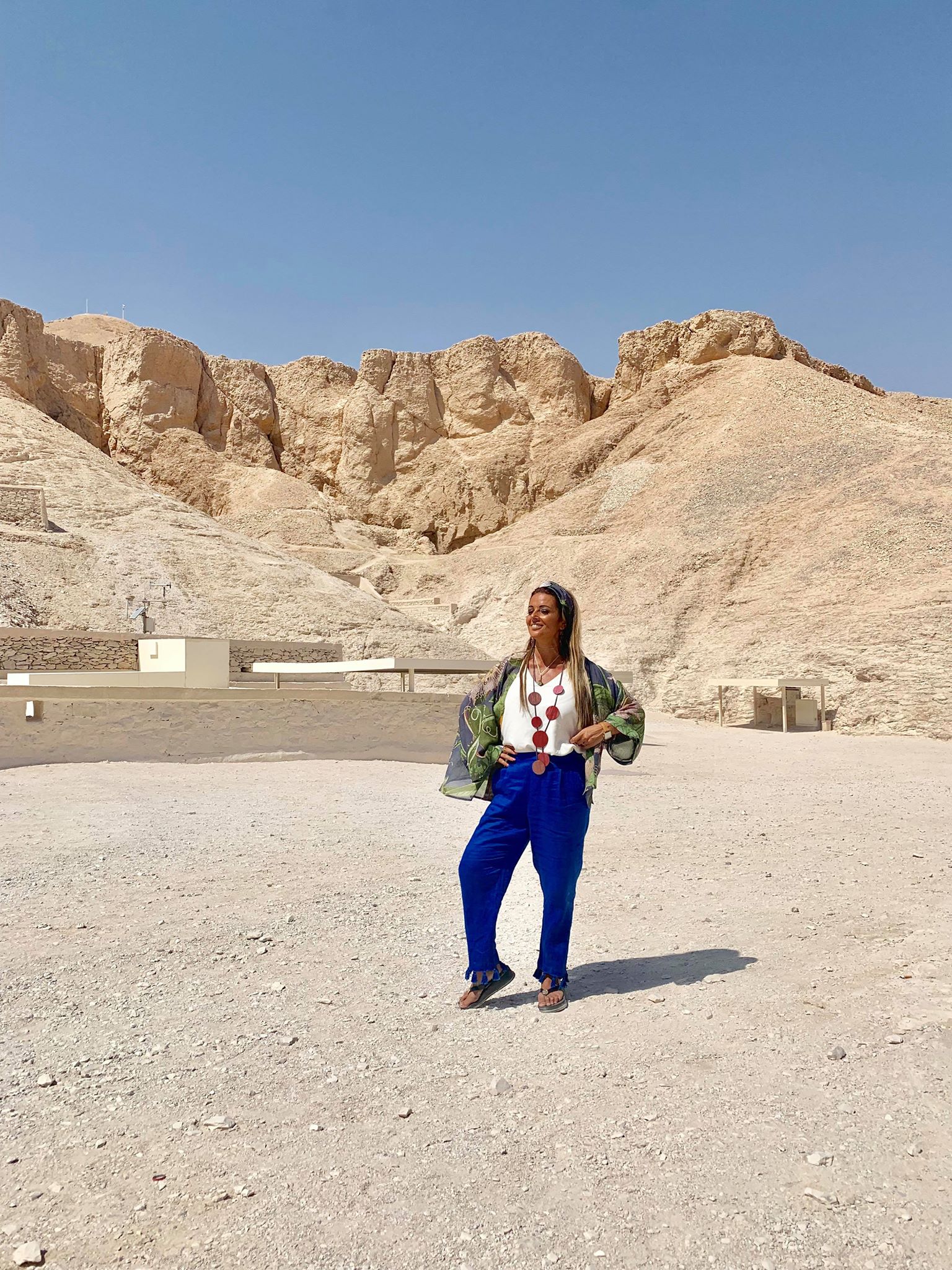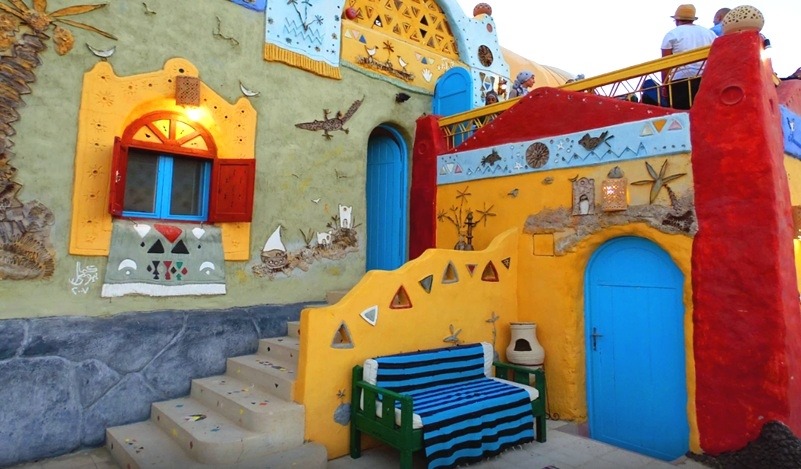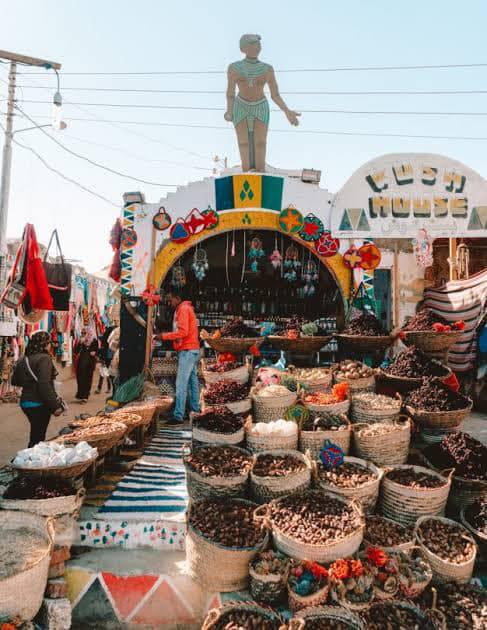Hello and welcome to my blog. Following my previous Travel Blog about my trip to Egypt last month, I finally found some time to sit down again and share some more information and memories with you about the places I visited this with Rami’s Insight Tours.
Life is so hectic these days with work, events and all the action with our little kid back to school. Phew! It’s so easy to get trapped into that hamster wheel, instead of taking time off to find yourself and slow down to enjoy life as it is meant to be enjoyed. Luckily, I make it a point to dedicate time to blogging and spending time in the countryside to just chill and slow down the system and find my balance again. So let me begin by taking you with me.
Let’s go back to one of my favorite days when I visited the Dandara and Abydos Temples.
DANDARA AND ABYDOS
This is a beautiful temple with lovely energy dedicated to the Goddess of Love, Joy, Beauty, and Music…
The Dandara complex is one of the best-preserved temple enclosures in Egypt. Its huge wall contains two monumental gates enclosing the main temple dedicated to the goddess Hathor, the small temple of Isis, two mammisi and a ruined Coptic church.
Two of the buildings at Dandara are important in relation to astronomy: the temple of Isis, orientated upon the rising position of Sirius, one of the celestial manifestations of Isis, and the temple of Hathor. This fact that the latter is oriented astronomically is established by the various stretching-of-the-cord ceremonies and related texts engraved on its walls. The decorations also include various feast calendars, the famous circular Zodiac in the ceiling of a small chapel (a replica, the original now being in the Louvre Museum in Paris) and a second Zodiac on the ceiling of the hypostyle hall.
Energetically, when you are here you sense incredibly beautiful energy; I assume that it is one of the reasons why it was erected here. I had the pleasure to dedicate 10 minutes of meditation here with the group and I benefited more than I can fathom.
Cultural and symbolic dimension
• The Zodiacs represent an important astronomical feature of the temple of Dandara. Recent studies suggest that they were maps of the heavens showing stars, asterisms and constellations belonging to the different astronomical traditions existing in Ptolemaic Egypt. The monumental temple of Hathor is orientated to the rising of Meskhetyu (Ursa Major) in the north-east but its axis is also perpendicular to the course of Nile.
This suggests that, as at Karnak, the location of Dandara was carefully selected to combine astronomical and topographic orientations reinforcing the cosmic symbolism of the whole landscape. In the Ptolemaic period there was a close connection between the temples of Dandara and Edfu, and a divine pilgrimage took place between the two sacred precincts.
Authenticity and integrity
• The temple of Hathor is beautifully preserved, as are the buildings at Dandara in general. Nearly everything in the temple is original and in situ, with the major exception of the circular Zodiac, which was moved to France in the 19th century; in its place is a good-quality replica.
Abydos Temple
Heavenly rays of light shine through the dark temple, making it feel even more spiritual
Our guide Rami told us he has been all over Egypt and has explored all the major temples — and yet this one feels truly spiritual to him and I can understand what he meant.
Maybe it’s the cool, dark colonnades, with beams of sunlight shining through like a celestial cliché. Or perhaps it’s the fact that there’s not one but seven sanctuaries, each devoted to a different god. It all works together to create something eternal and sacred. The site is also off the main tourist track, and aside from one small tour group, we had the place to ourselves.
The Egyptologist guide we were blessed to have with us on this trip, Mr. Jones, stopped in front of a wall covered with cartouches, oval carvings containing hieroglyphics that represent the names of pharaohs. “This is why we know all of the dynasties and the order of the pharaohs,” he told us. The names were a long list of Egyptian kings in chronological order, going all the way back to Menes, the legendary founder of the empire, credited with the unification of Upper and Lower Egypt, and continuing all the way to Seti I.
The Kings List depicts the cartouches of all the pharaohs, with some notable omissions, including Hatshepsut and Akhenaten
Known as the Abydos King List, the relief conspicuously skips over some problematic rulers: the century-long reign of the foreign invaders, the Hyksos; the female pharaoh Hatshepsut; and the heretical Akhenaten and his three short-lived successors. Again, we see that Ancient Egyptians made revisionist history a literal art form.
But the exciting engraving on the wall was the one in which showed what seems like submarines, flying objects and a helicopter. What does this mean? Where they in touch with that type of technology?
The Valley of The Kings
One truly amazing excursion was the day spent exploring the Valley of The Kings. All the tickets were organised by our tour guide so all we had to do was enjoy the experiences.
The Egyptians spent time and treasure creating hidden underground mausoleums. The most famed collection of such elaborate tombs—the Valley of the Kings —lies on the Nile’s west bank near Luxor.
During Egypt’s New Kingdom (1539-1075 B.C.), the valley became a royal burial ground for pharaohs such as Tutankhamun, Seti I, and Ramses II, as well as queens, high priests, and other elites of the 18th, 19th, and 20th dynasties.
I was so excited to visit! Had seen them in so many documentaries on TV and online but I got to visit them with my very own eyes! Wow what a sight!
The tombs are evidence of the elaborate preparations for the next world, in which humans were promised continuing life and pharaohs were expected to become one with the gods. Mummification was used to preserve the body so that the deceased’s eternal soul would be able to reanimate it in the afterlife.
The underground tombs were also well stocked with all the material goods a ruler might need in the next world. Treasures—like the golden masks found with King Tut —are dazzling, but the tombs also contained the more mundane things such as bread and types of fruit. Many of these artefacts are found in the Egyptian National Museums.
Though their entrances were well hidden, nearly all of the valley’s known royal tombs were likely robbed before the end of the 20th dynasty—Egyptian records testify to robbers’ trials and to the harsh punishments handed down.
By the time the Greek writer Diodorus Siculus visited the valley’s tombs (circa 60 B.C.) he wrote, “We found nothing there except the results of pillage and destruction.” It’s possible, perhaps, that any tomb yet to be found are so well hidden that they also escaped the notice of ancient thieves. Only time will tell and we will keep hearing about new discoveries every so often!
Ella (Spiritual Guide) and Rami (Travel Guide and Coordinator )at Rami’s Insight Tours
Mr Jones, our egyptologist guide included in the package by Rami’s Insight Tours, Egypt
My favorite one for its beautiful well kept hieroglyphics is the one of King Ramses IV also perhaps there is on the walls at the entrance a Maltese name inscribed which made me jump with joy to think that some Maltese blood is linked to this tomb! It totally made my day as you had heard in my Instagram stories that day!
Our Visit to a Nubian Village
Apart from these sightings to temples and tombs, taking our imagination to the past years of civilisation, what I I love with all my heart is meeting the people and seeing the cultures of the current locals. In Egypt, if you wish to see some beautiful colourful villages and get a taste of Egyptian life, you must put it on your list to visiting the Nubian Village – It is a fantastic half day trip.
There are a lot of colorful Nubian villages in Egypt. The one that has been popular among locals and foreign tourists and is 45 minutes by boat from Aswan. We passed through it by car and stopped there and it was lovely to see it and to shop for some local produce. Some ladies in the group were staying there for a couple of nights in a small hotel so we passed for their luggages en route to our next destination.
The picturesque, arty village looks like a little scene from a cartoon or a kids movie because everything is so bright and colourful when compared to the colours of the walls in the European cities I’m used to live in . The friendly Nubian people welcome you to their village, and you can start wandering around. From beautiful souvenirs, local spices to great food, it is so wonderful.
Plan to spend about 2 hours in the village walking around and 3.5 hours including lunch. Visiting a Nubian village has to be on your Egypt Travel Itinerary. Thank you Rami for this treat too.
Well I hope you enjoyed part 2 of my trip to Egypt this year with Rami’s Insight Tours and Airmalta and look forward to share more and more with you all!
xxx
Grazielle



